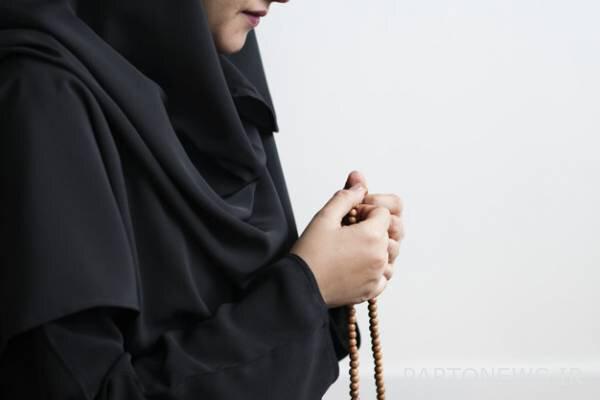The book “Research on the acceptability of hijab for girls” was published – Mehr news agency Iran and world’s news

According to Mehr reporter, the book “Study on the acceptability of hijab for girls” by Seyed Mohsen you arrive It was prepared in the Research Institute of Civilized Islam of the Research Institute of Islamic Sciences and Culture and was published in 339 pages by the efforts of this research institute.
Although hijab appears to be a simple religious order at first, but the way it is faced and implemented by social activists in different environments of Iranian society has given it a special and complex feature.
In this research, an attempt has been made to investigate the phenomenon of avoiding norms and choosing the type of hijab among girls who had mothers who fully observed the hijab. areto be investigated and understood from the perspective of its socialization process.
The reason for choosing this area for research is the expectation that naturally exists for reproducing this norm and pattern of religious behavior in the educational environment of the family.
The main problem of this research is to explain the acceptance or rejection of hijab by girls who have mothers who believe and are bound to observe this religious order.
One of the goals of this research is to pay attention to the social and sociological aspects of hijab and to achieve social constructions on the issue of hijab and analyze their impact on the behavior and choice of the people under study.
The categories of performing religious duties, the dominant atmosphere of the family, the type of relationship with the opposite sex, and especially the category of “mother’s influence” as the main the most Factors were identified among the causal factors for the type of clothing chosen by girls.
The structural weakening of the family institution in the last few decades has been considered as one of the areas of reducing its impact on children, for which solutions have been proposed according to the approach of this research.
The structure of the work
This work is composed in 5 chapters; In the first chapter of this research, while giving a brief look at the development of hijab in Iran, the goals, importance, necessity and background of the research have been explained.
In the second chapter of the work, which deals with the conceptual framework of the subject, topics such as hijab, social and religious norms, socialization, institutionalization and its process, assimilation and pattern makingeffective factors in identification, conformity and internalization, family communication patterns, and decision get And the choice is discussed.
In the next chapter, while explaining the research method, the reasons for choosing the method, and the sample get And the selection of people for interview has been explained.
The fourth chapter of this work refers to the findings of the research, in this chapter, the individual experience of hijab is narrated and 27 people have been interviewed, some of them adhere to hijab and others do not. non-committal been to it are.
In the rest of this chapter, in addition to the general analysis of the phenomenon of hijab, the causes of this phenomenon (mother’s influence, the dominant atmosphere of the family, the type of relationship with the opposite sex (previous)) are stated, and in the following, the background conditions and intervention Gr In this phenomenon, it has been explained that among these conditions can be the influence of the father, control and supervision in the family, the spirit of opposition joy And she mentioned girlish stubbornness, sense of choice and freedom, and previous experiences of hijab.
Modeling and decision effects get Regarding the hijab phenomenon (patternability of the type of hijab, decision get and selection, and internalization of the hijab pattern) is another topic of this chapter and at the end of the said chapter, the consequences and results of the phenomenon are explained. : Individual attitudes (posterior), performing religious duties (posterior), relationship with friends, showing off and so on Tabarjthe feeling of belonging to the family, self-confidence, the feeling of limitation and security and peace, the relationship with the opposite sex (posterior), and the need for respect and attention and to be beautiful.
The fifth and last chapter of this work, to the conclusion and conclusion get It is allocated from this research.

